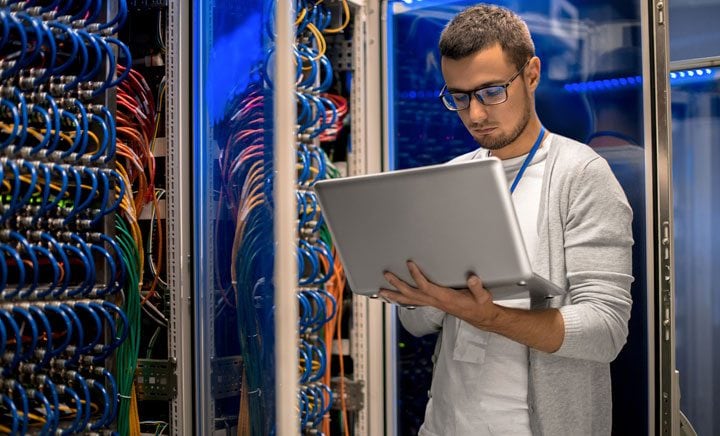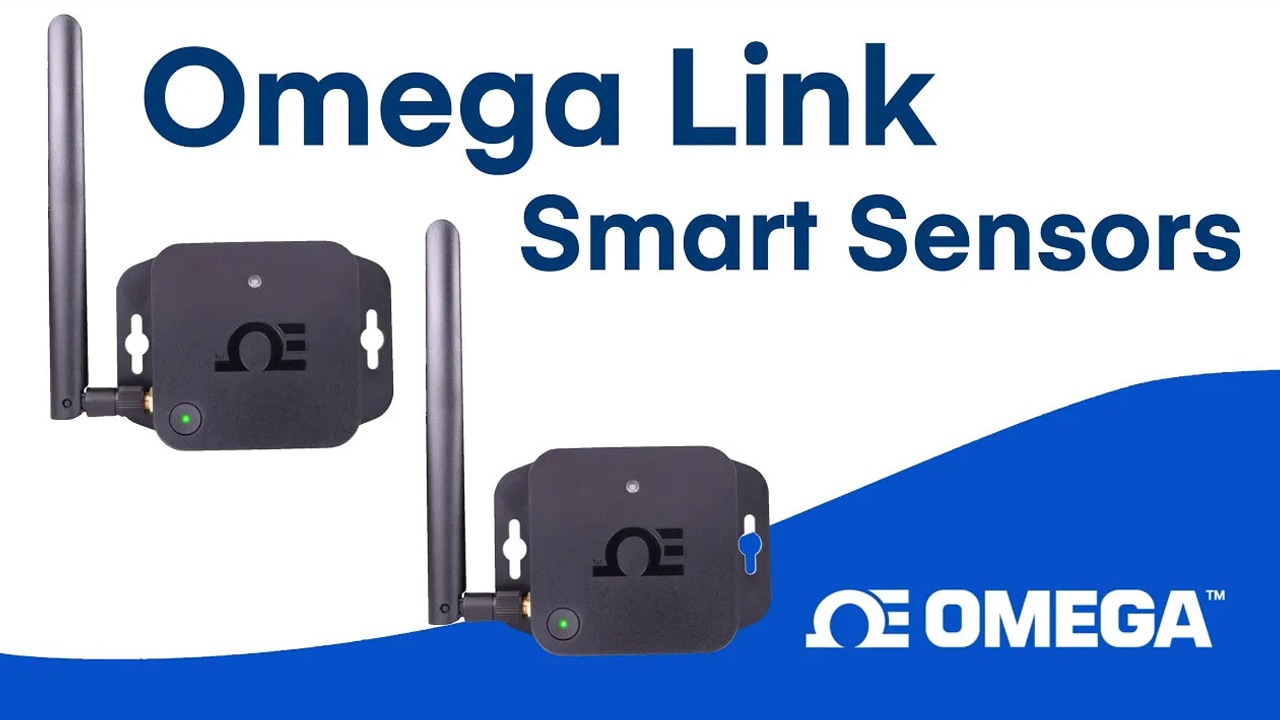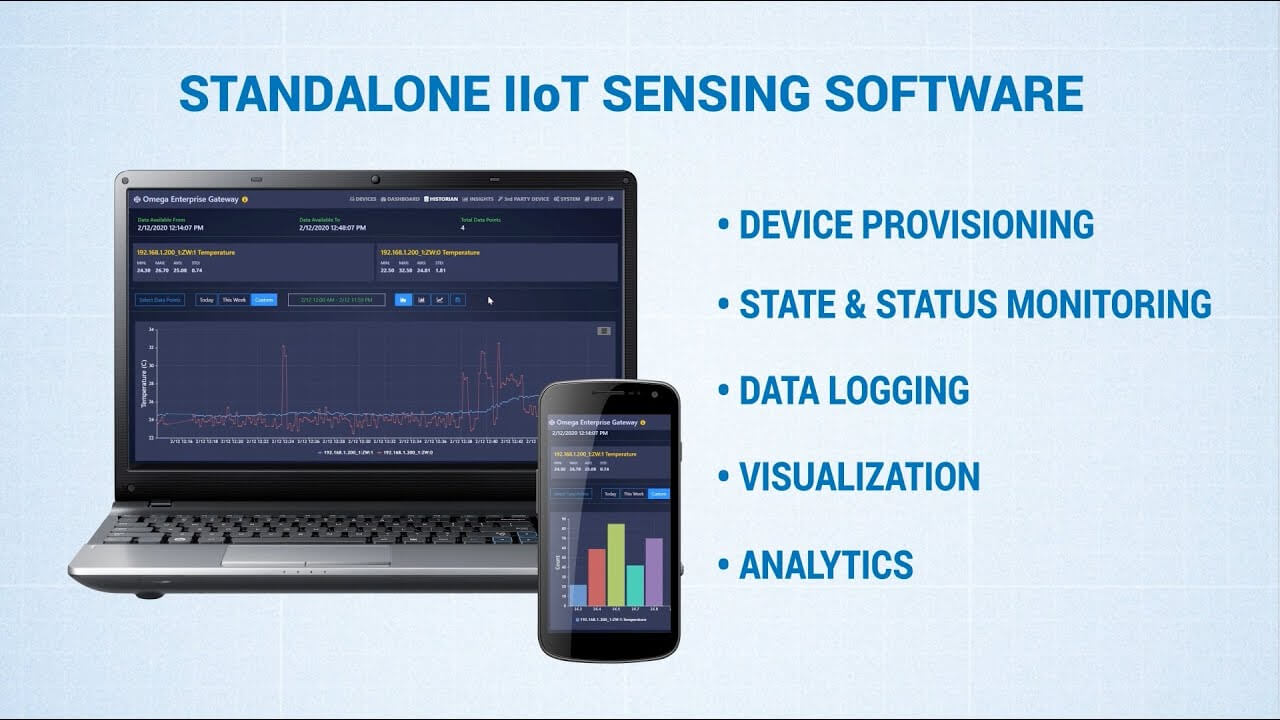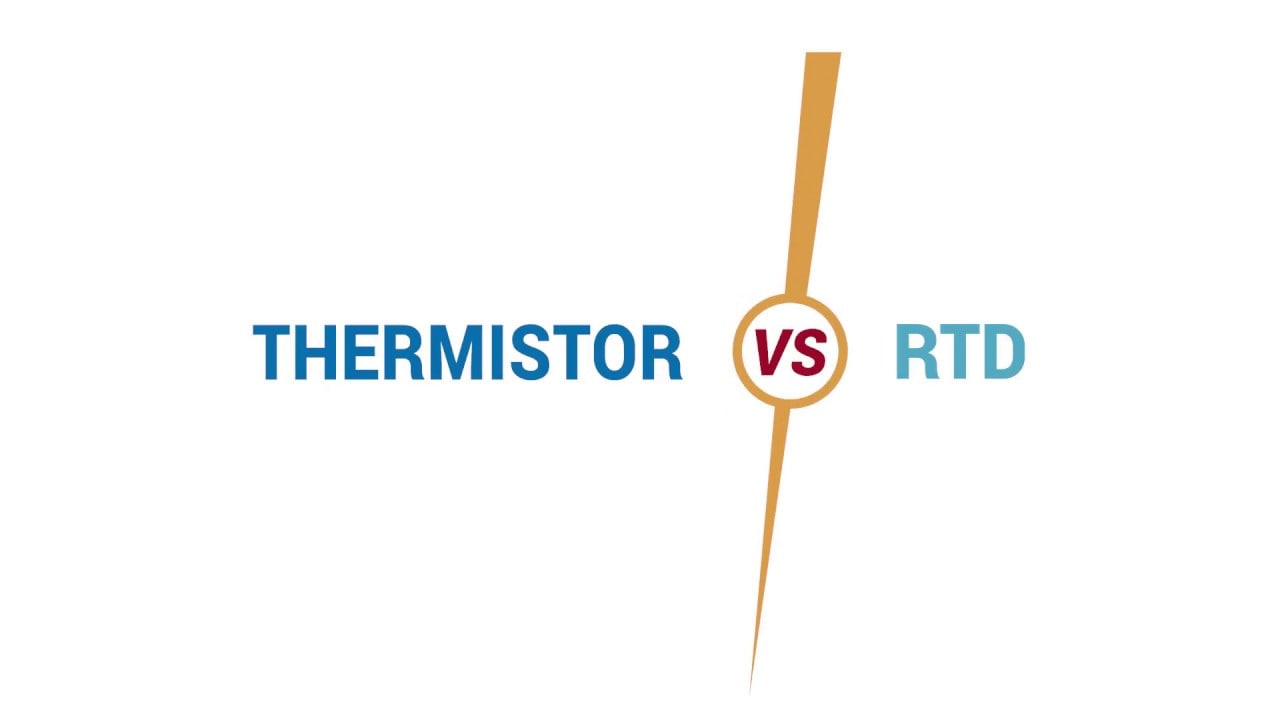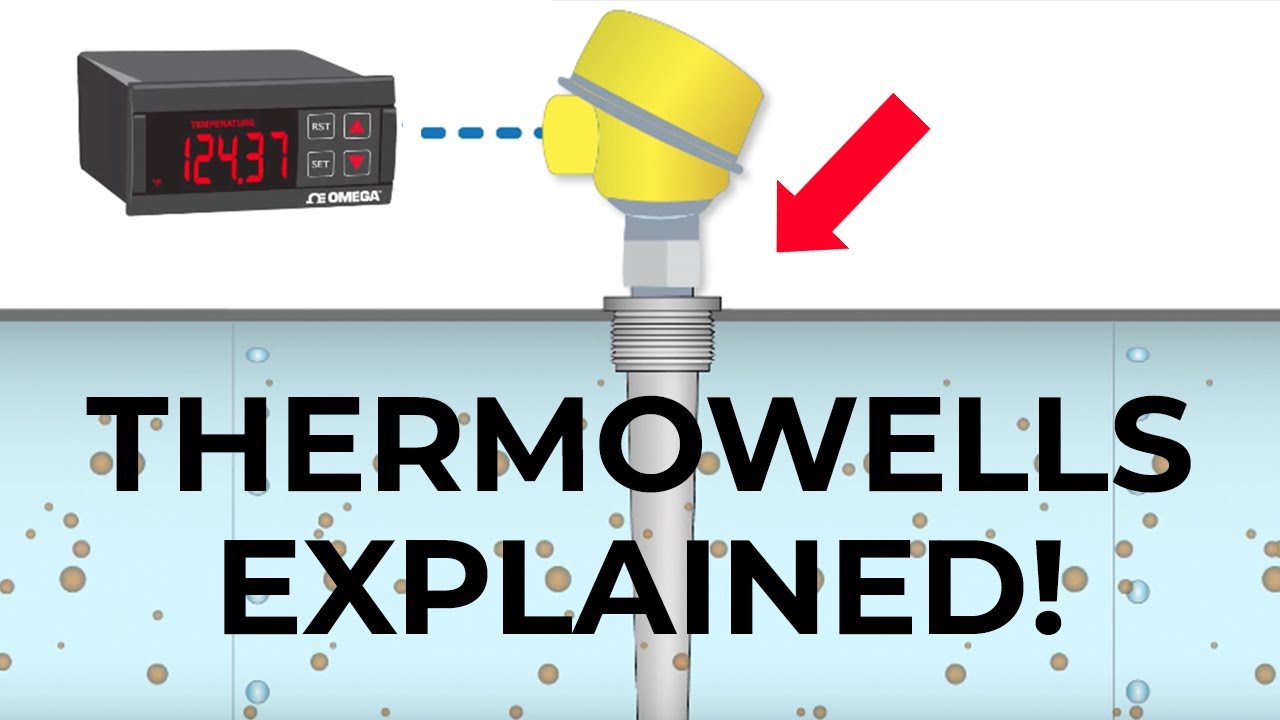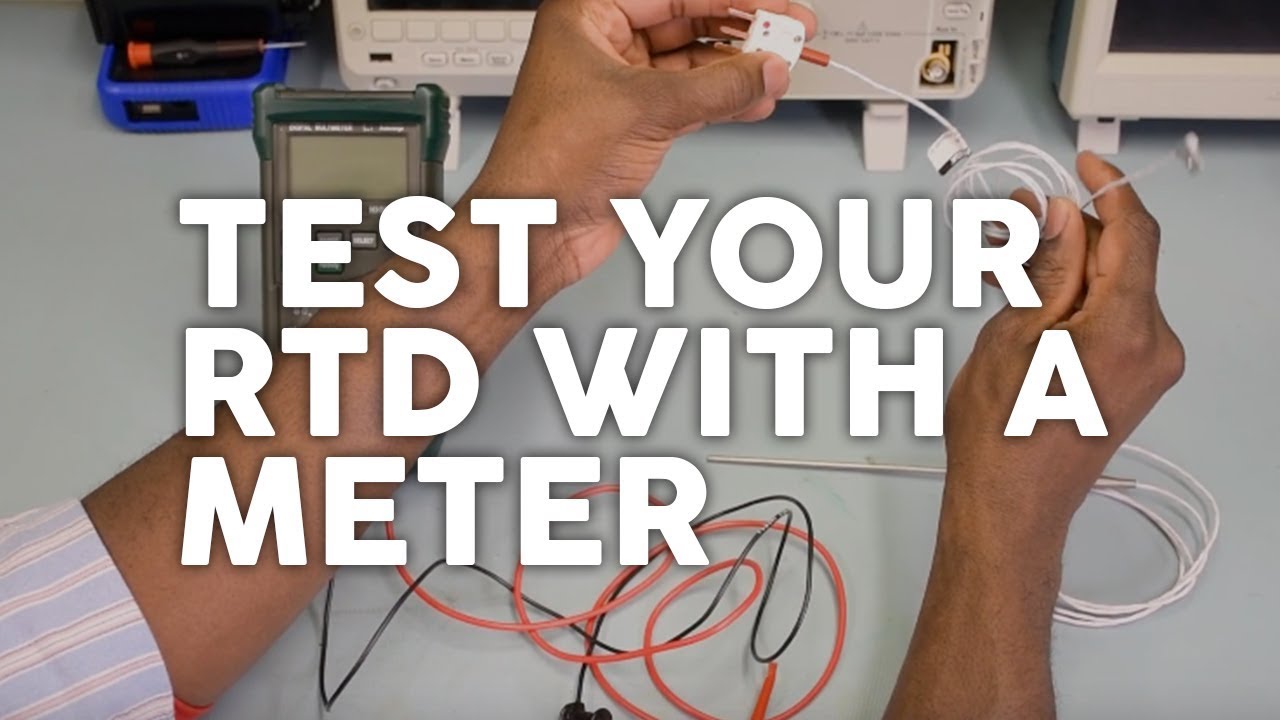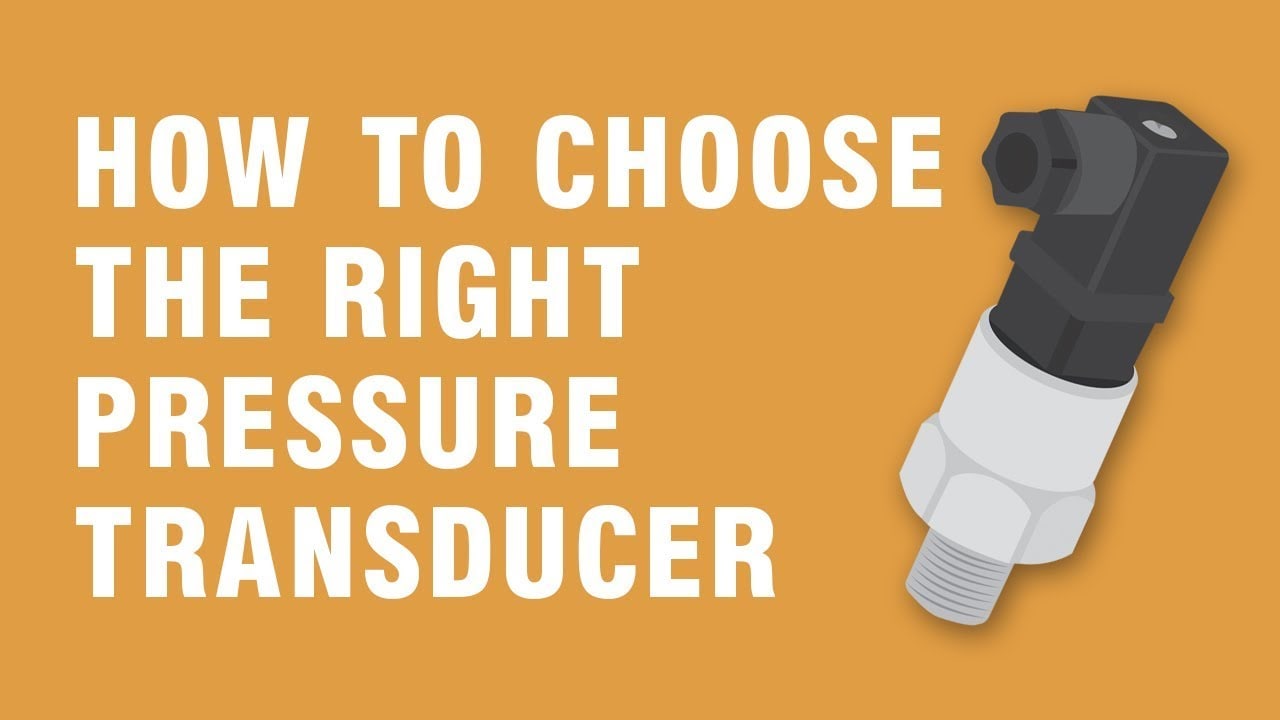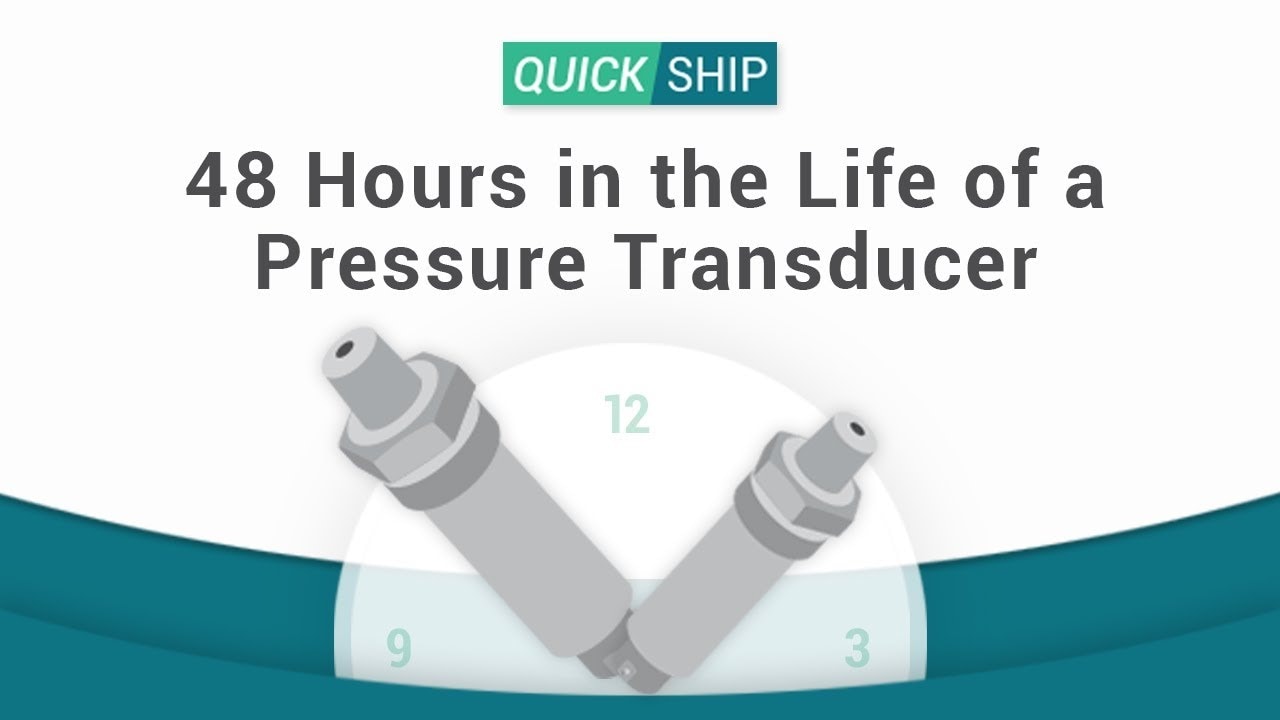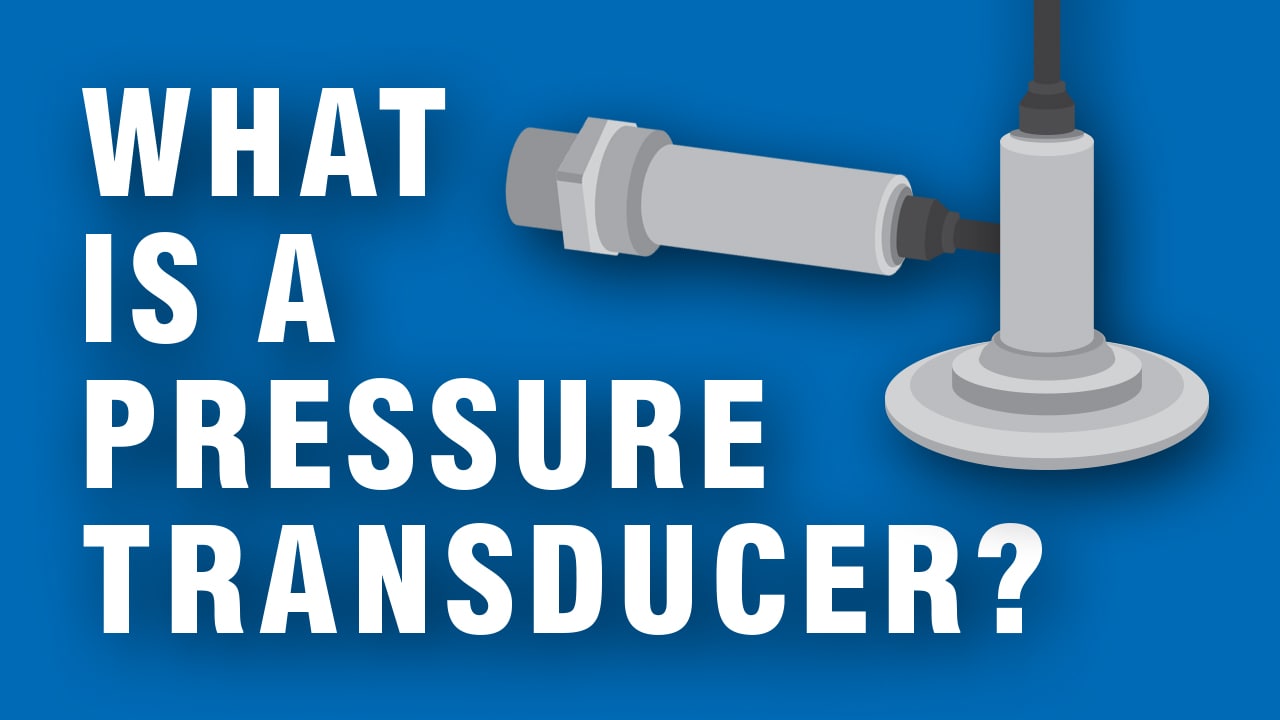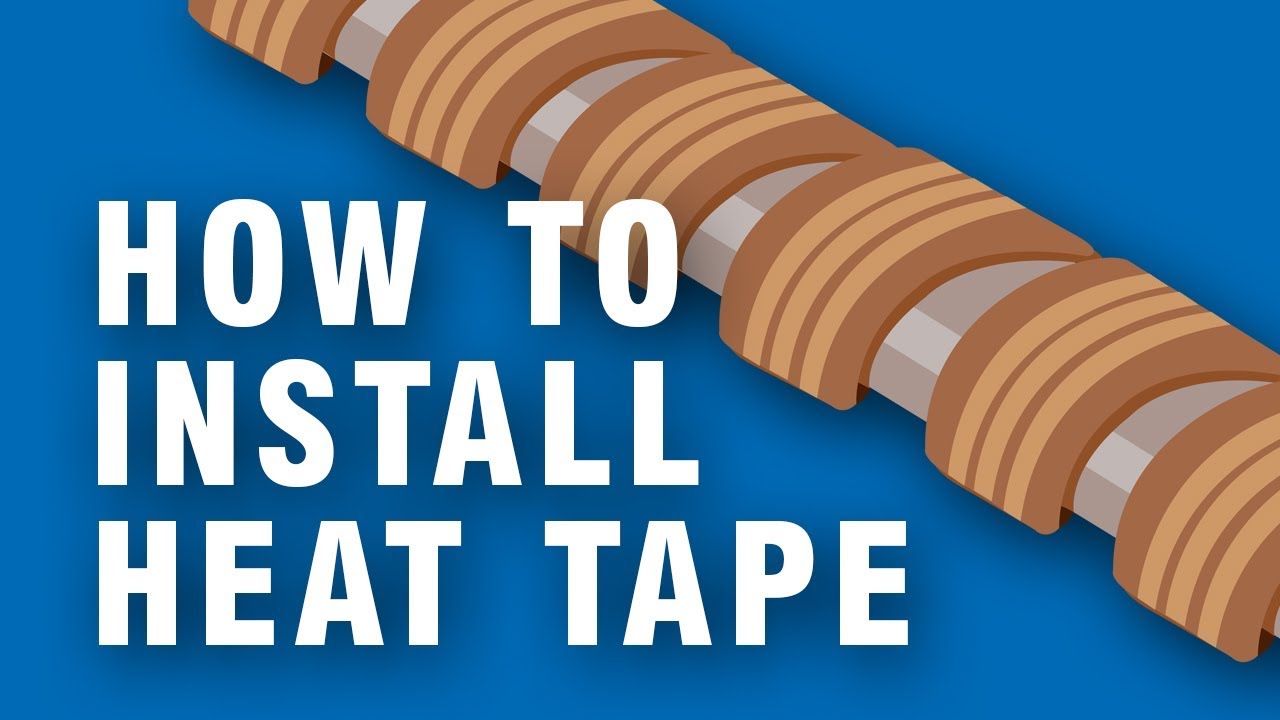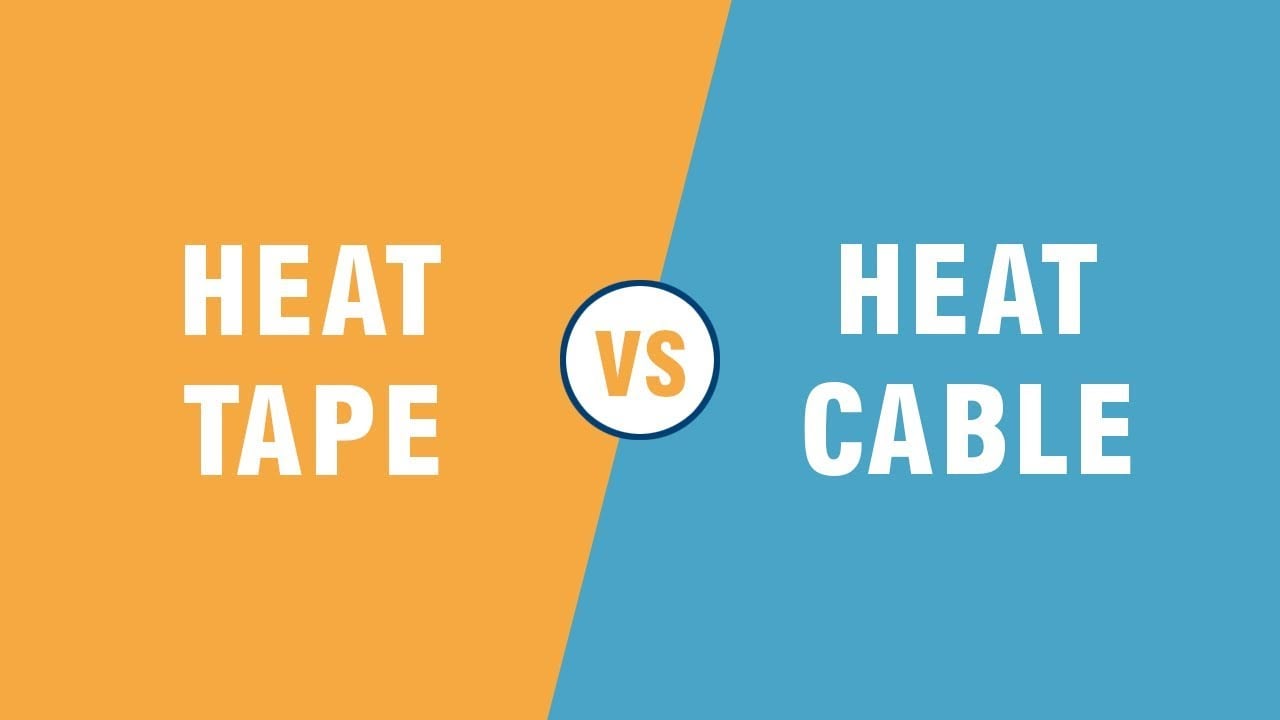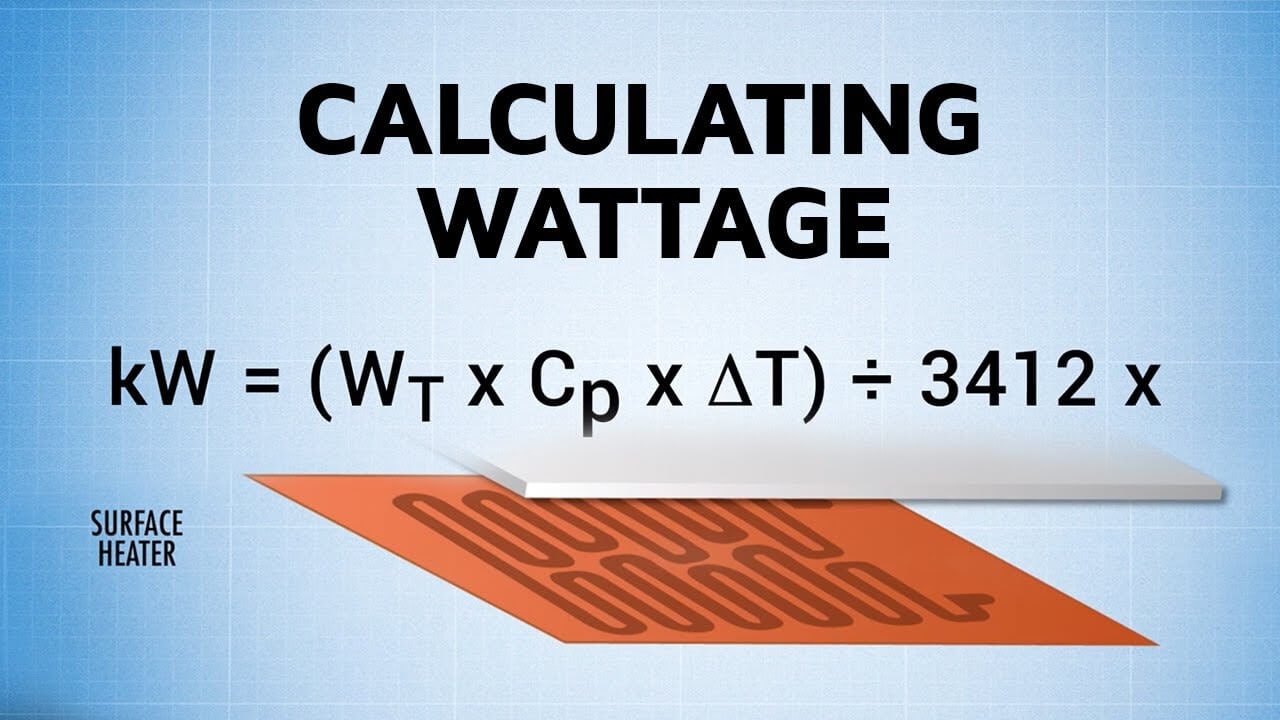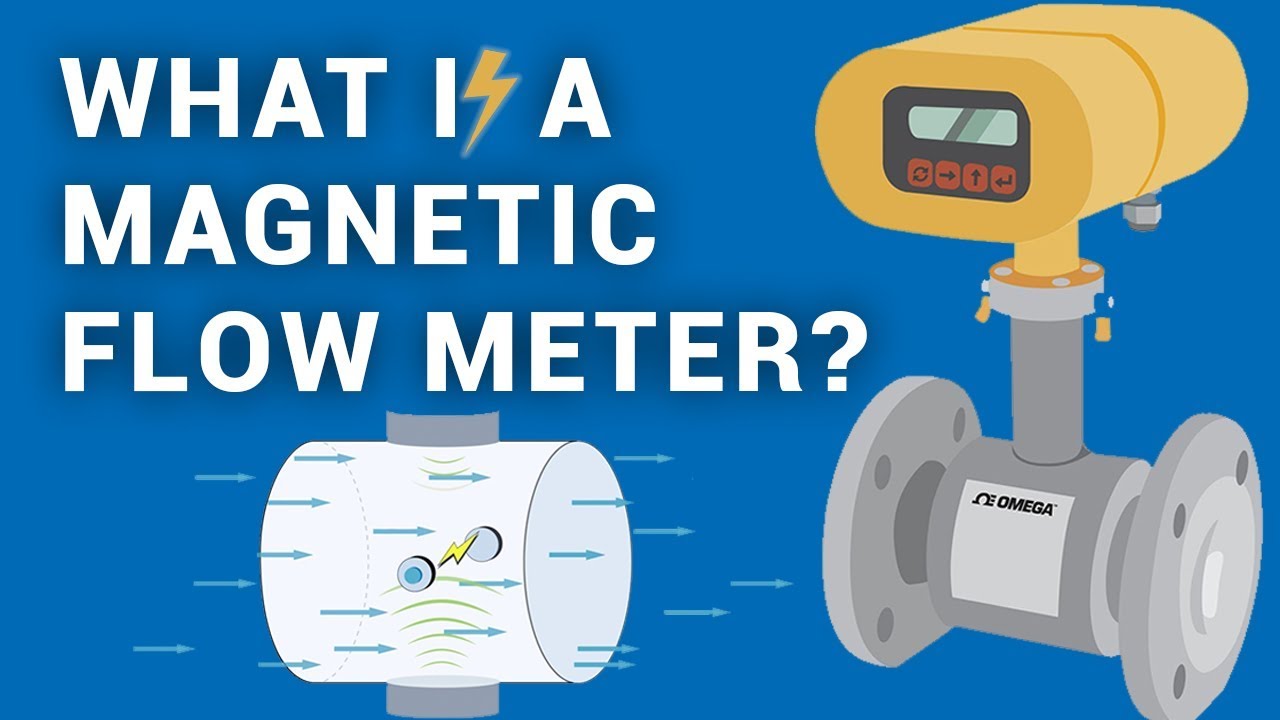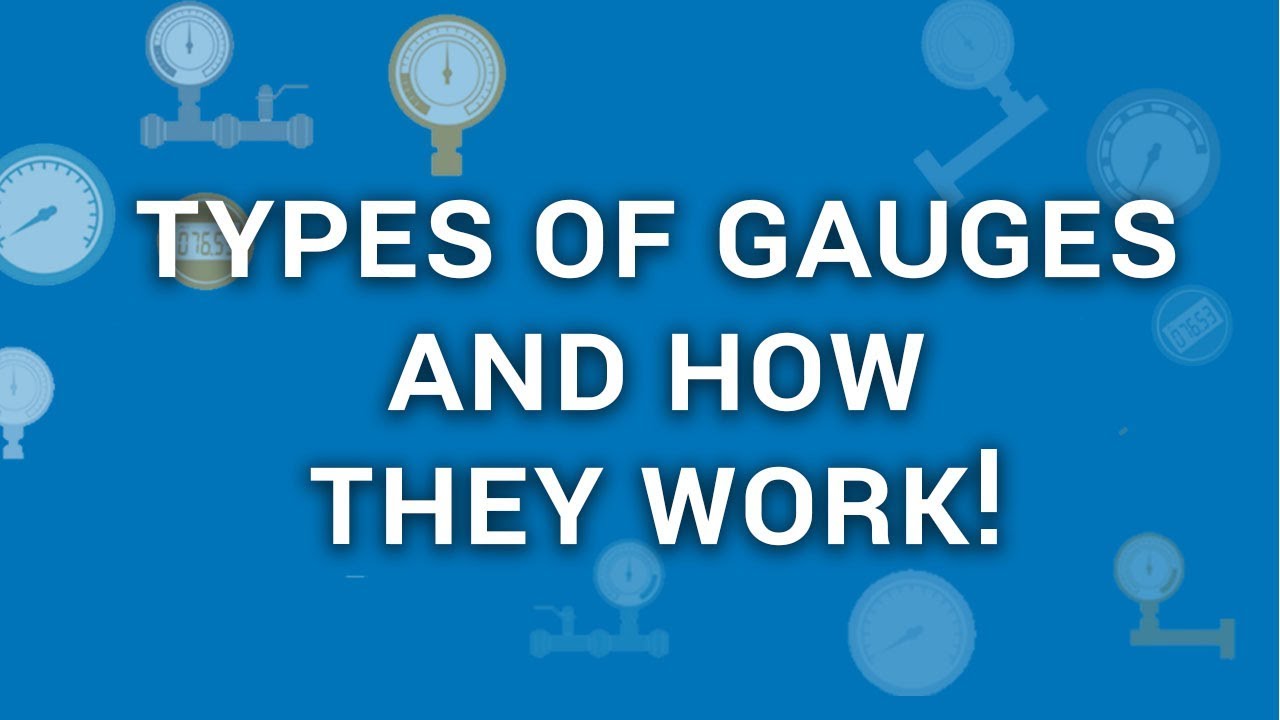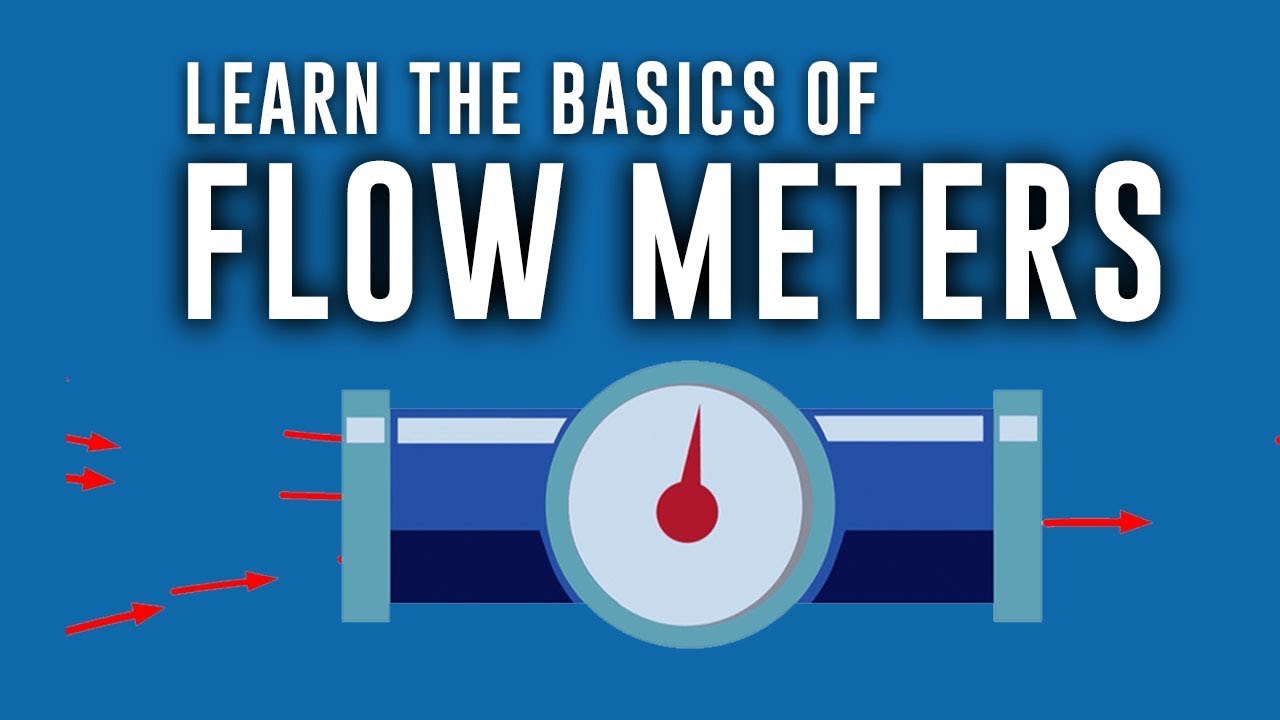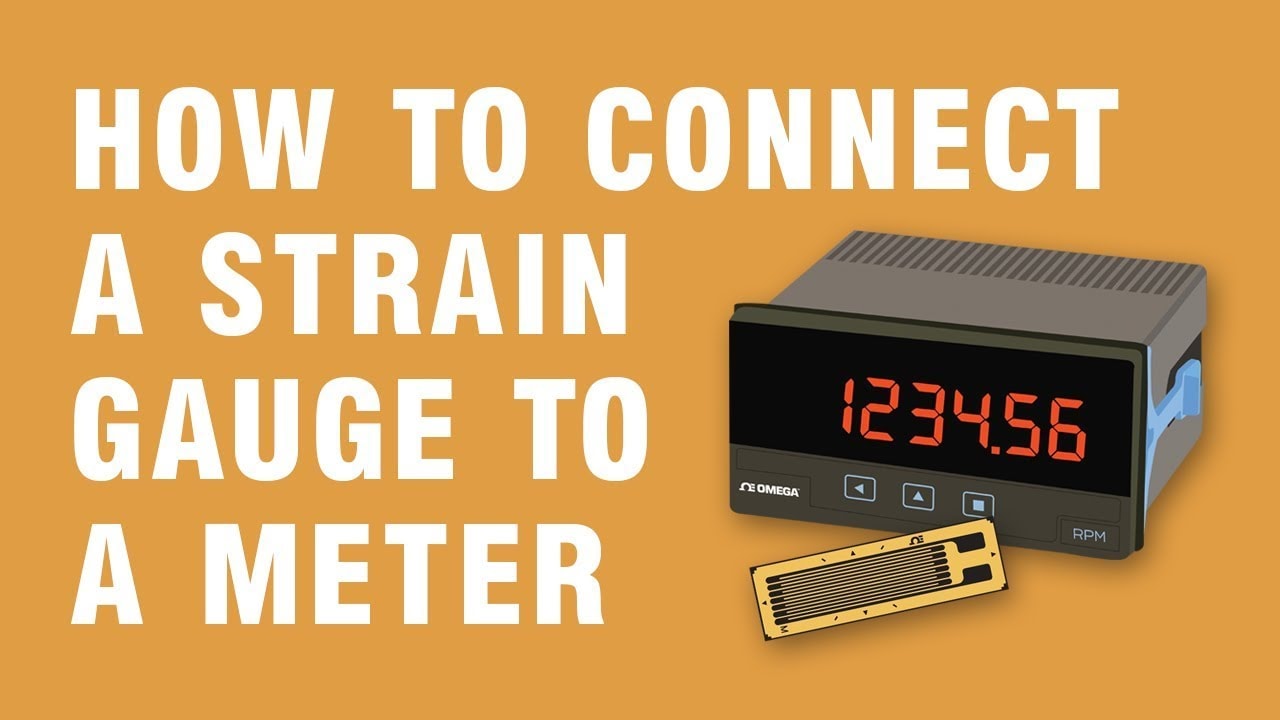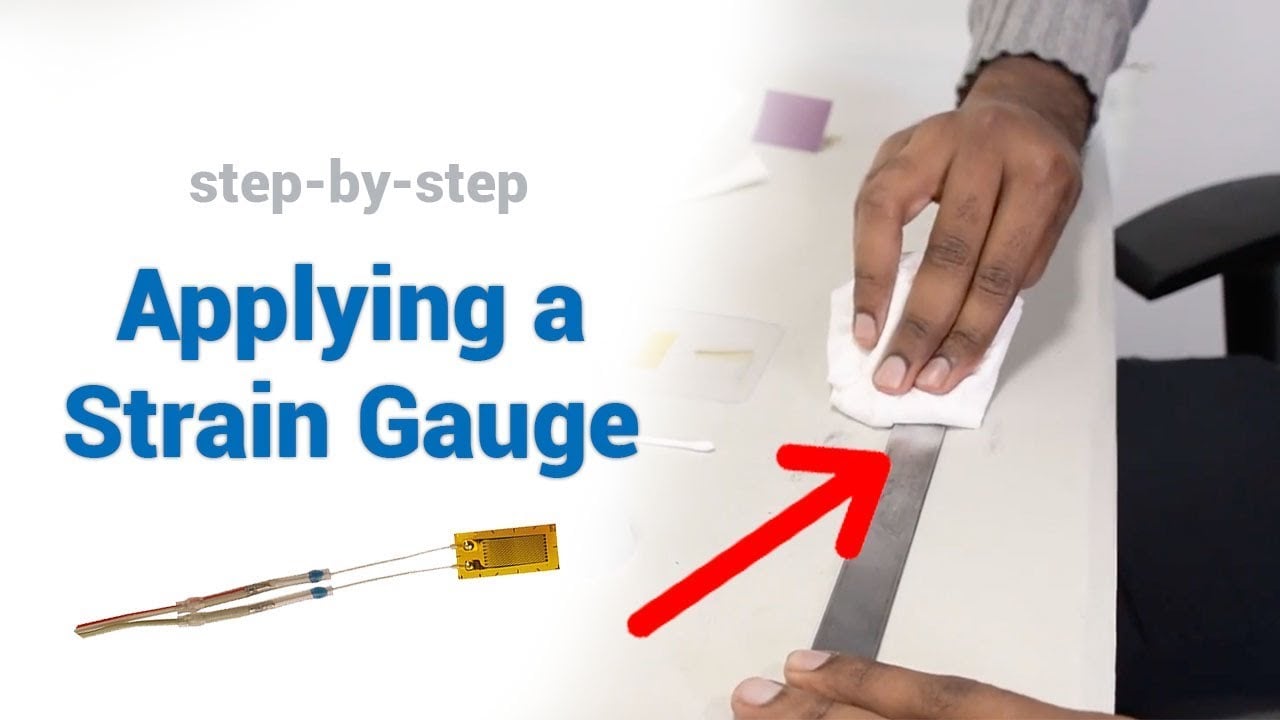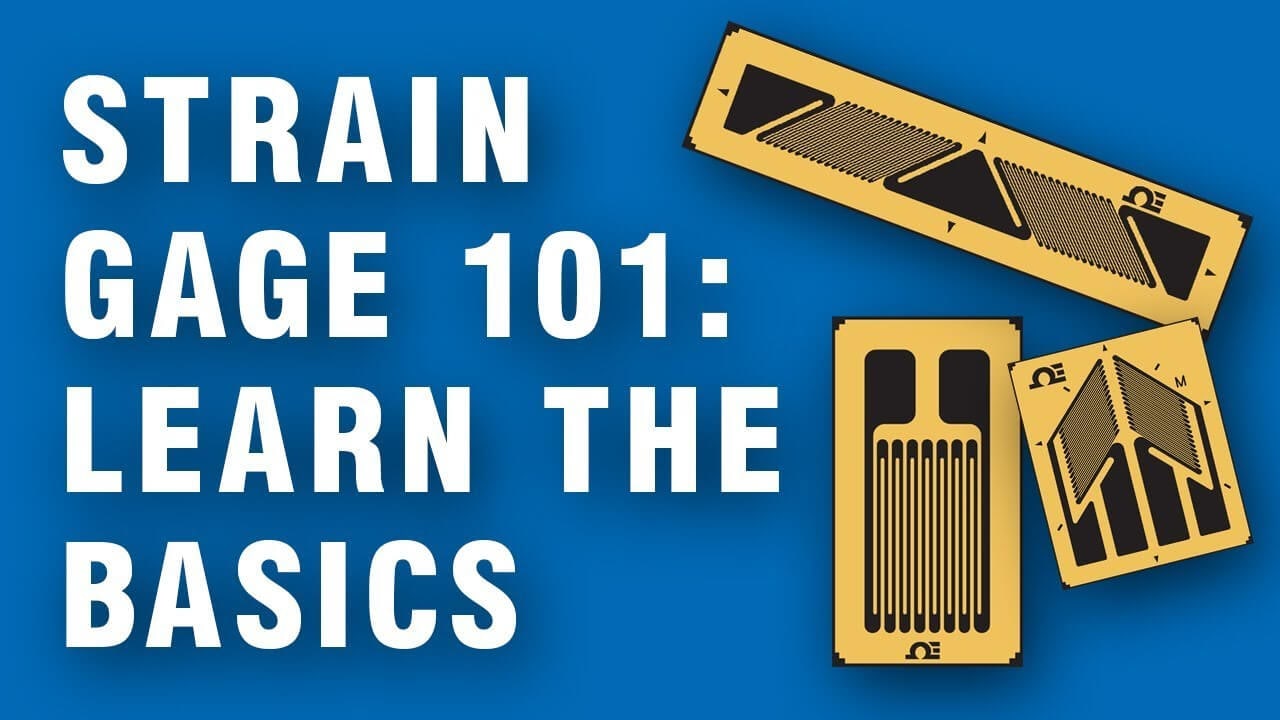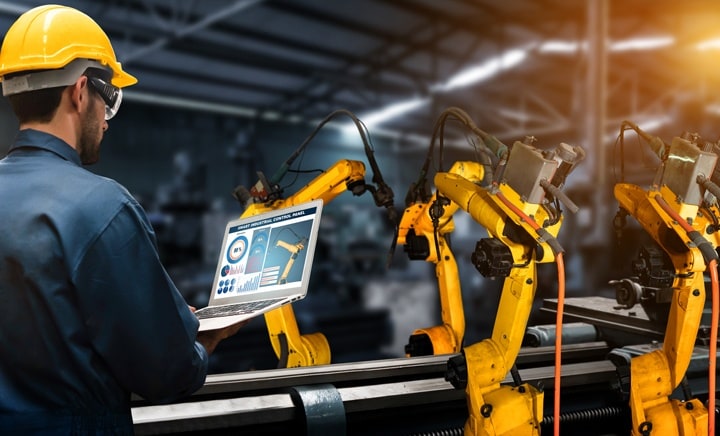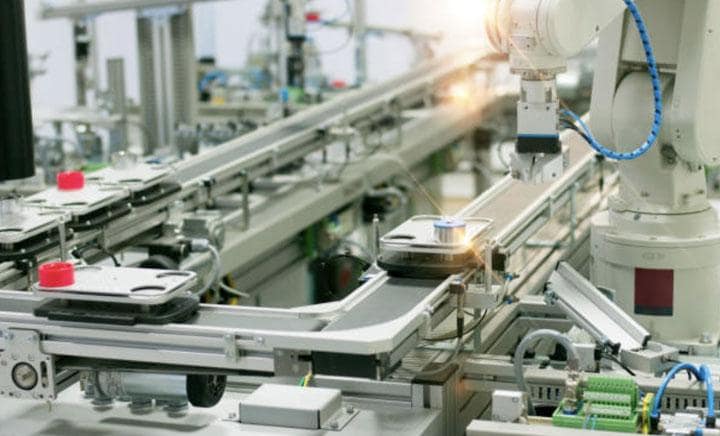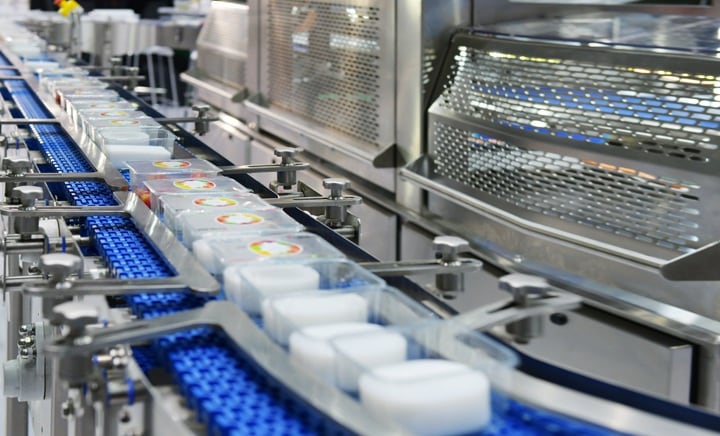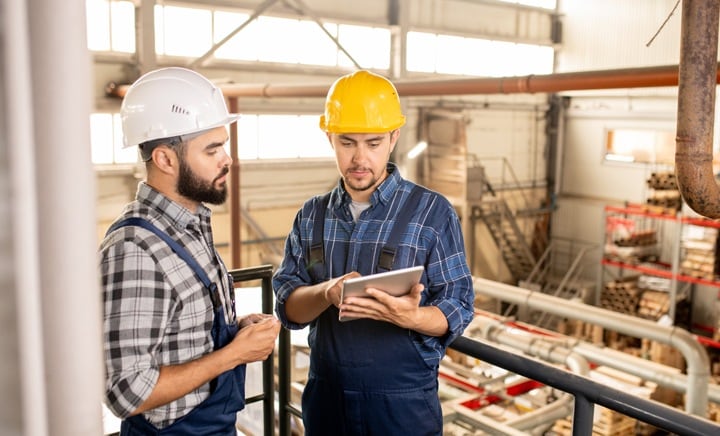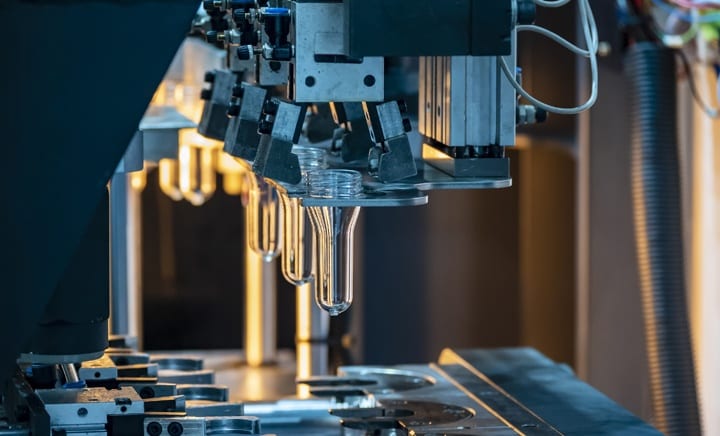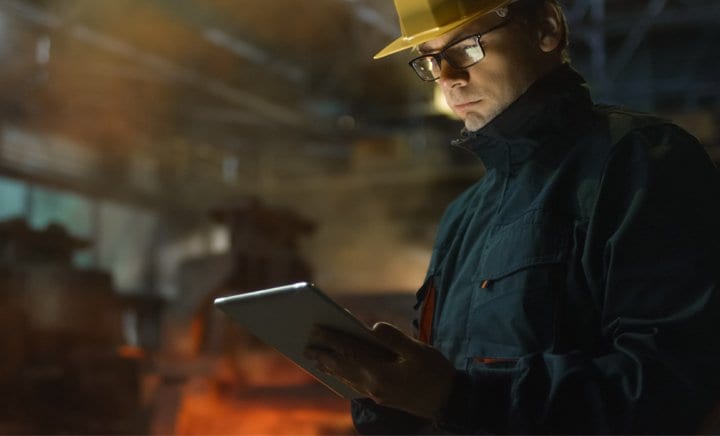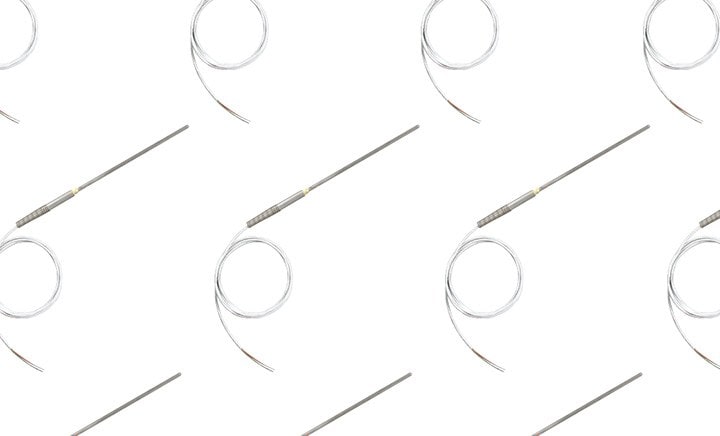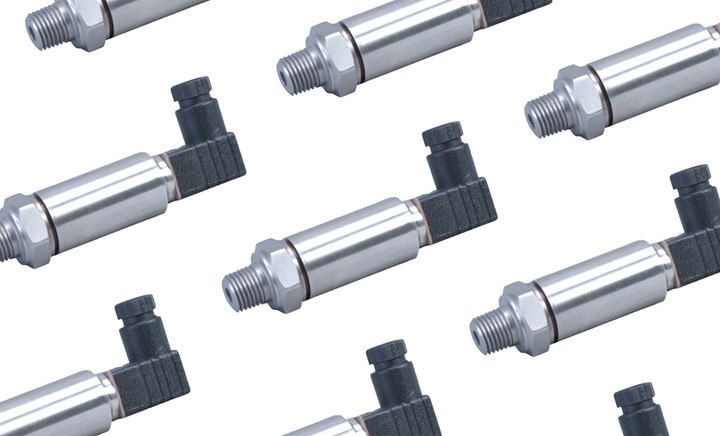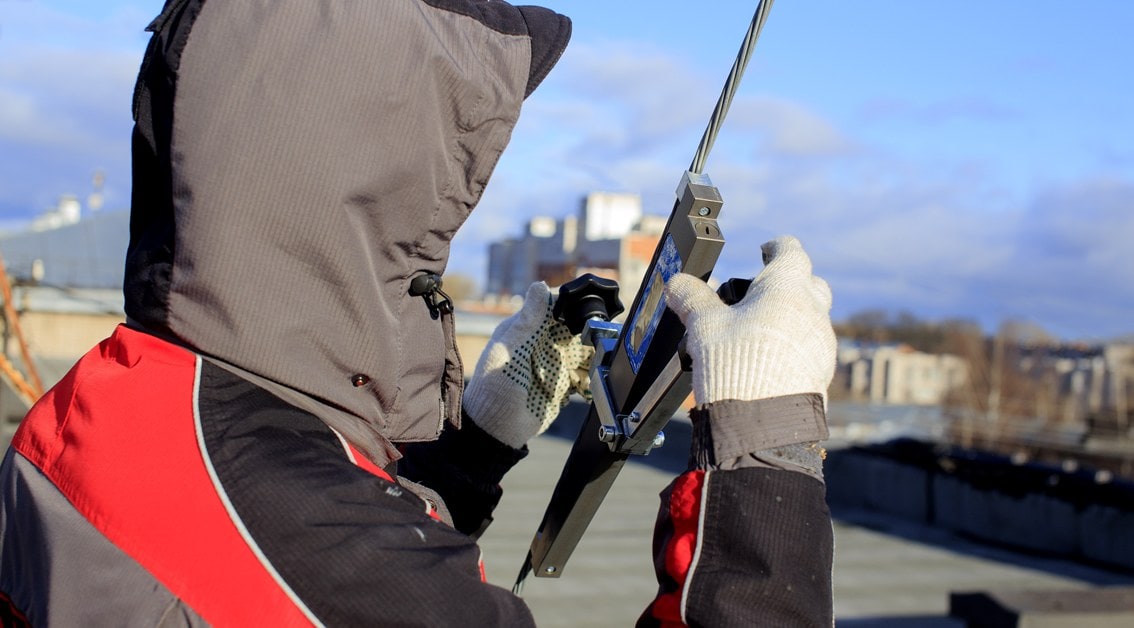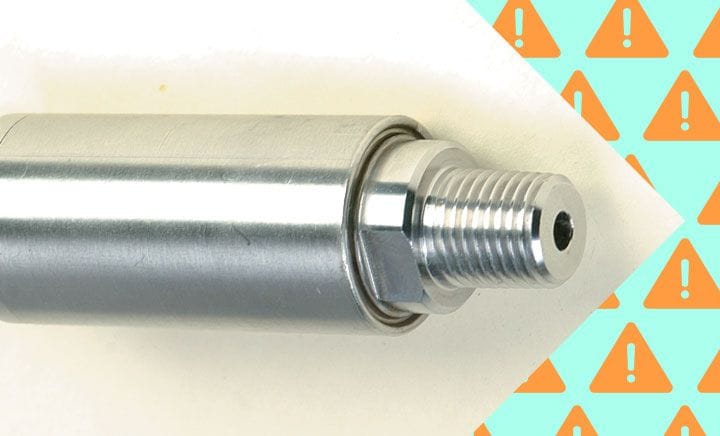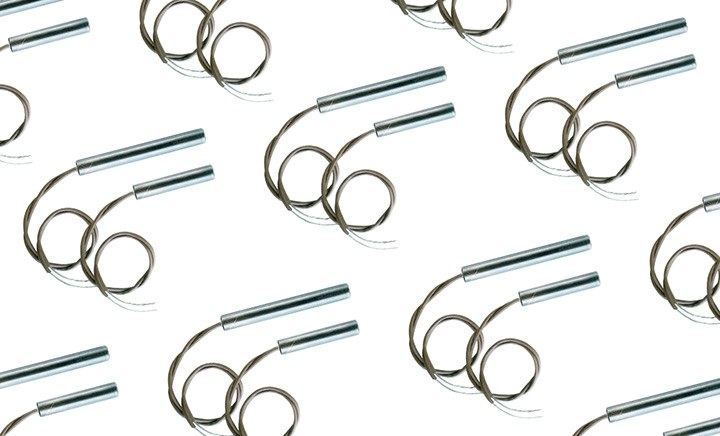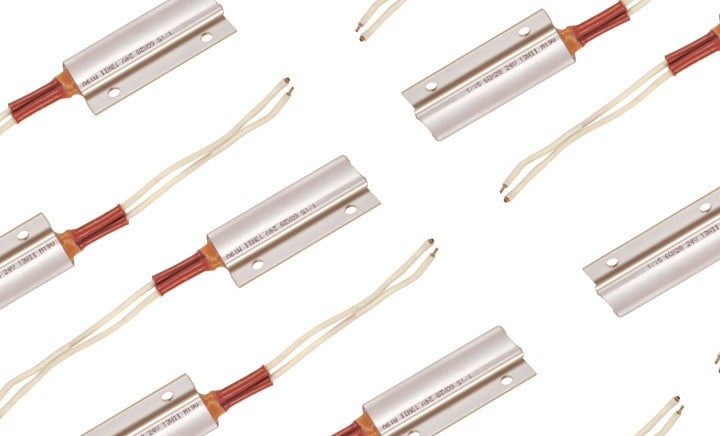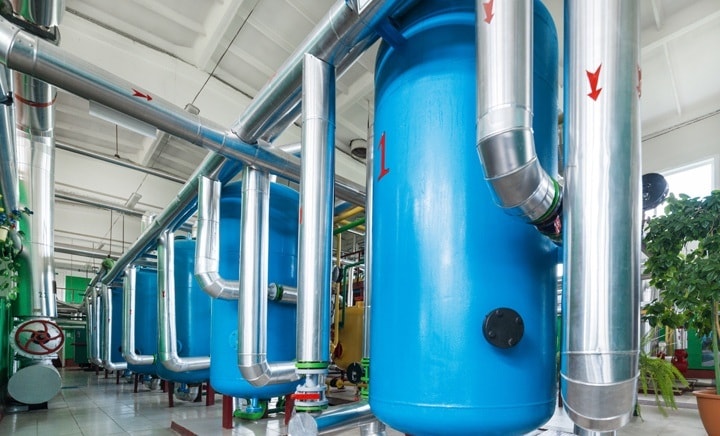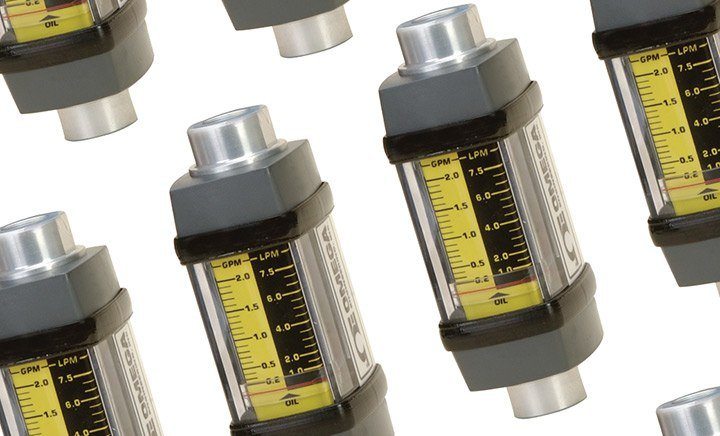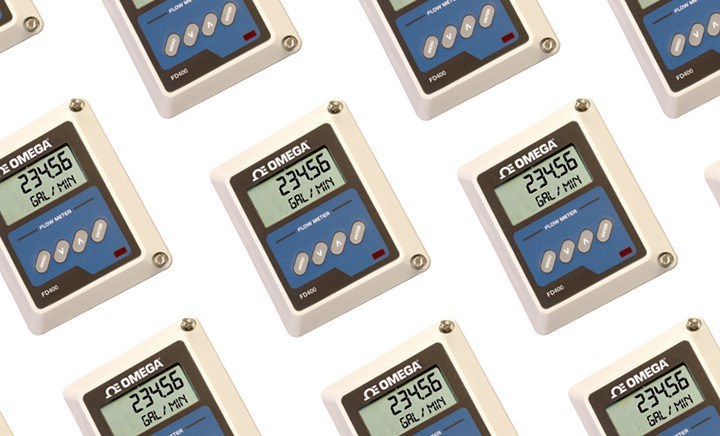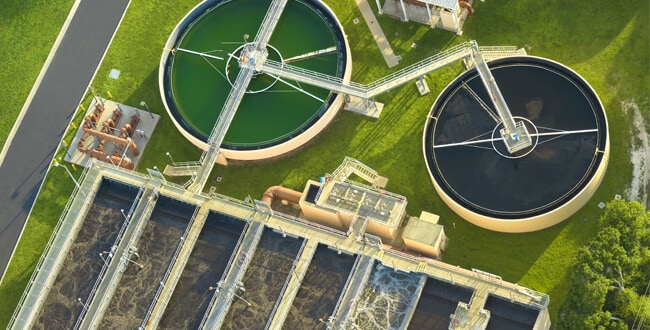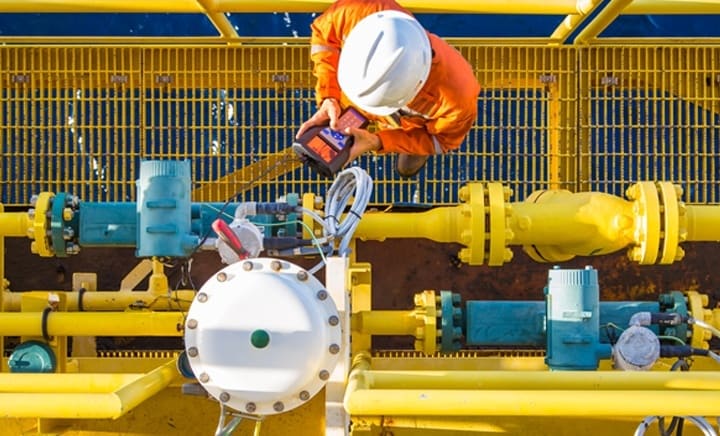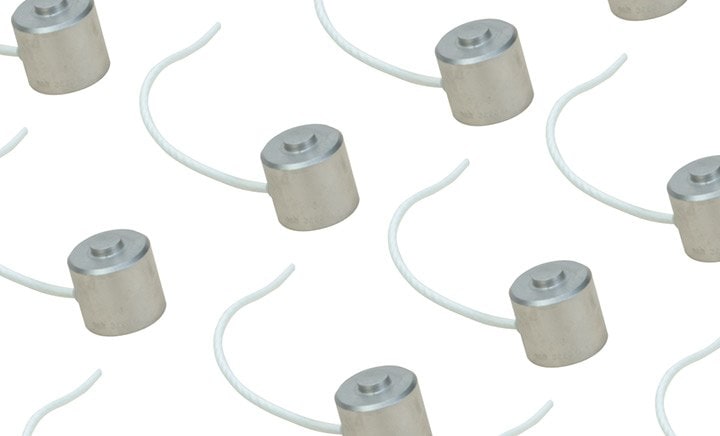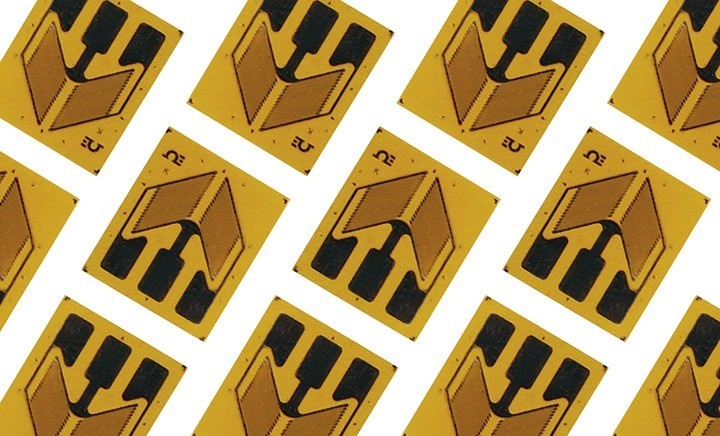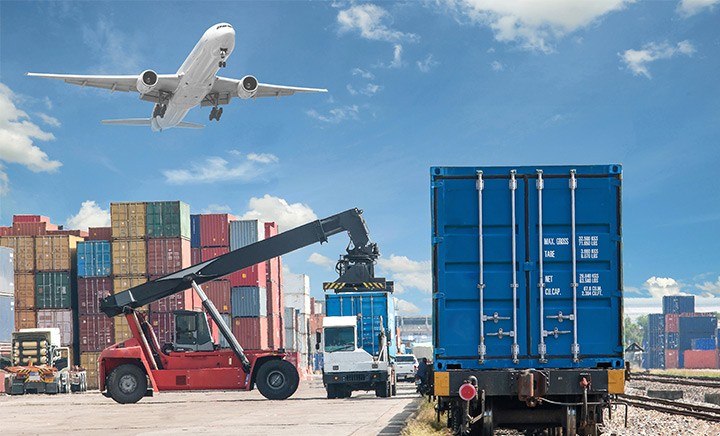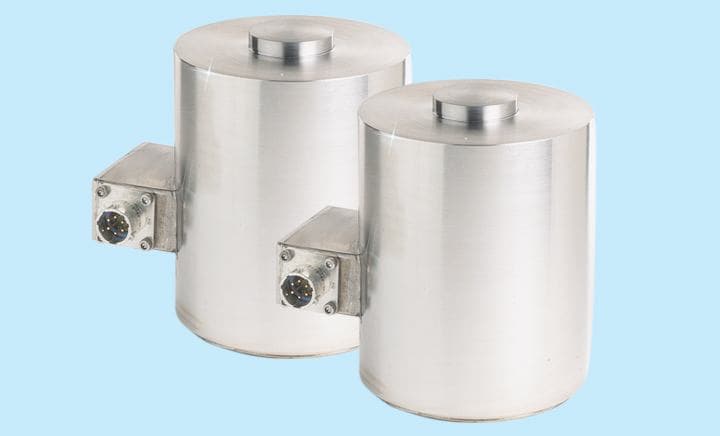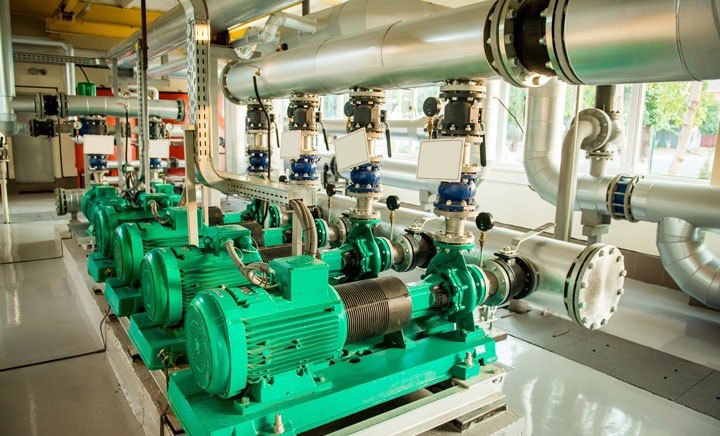
What Are The Most Common Applications for Thermocouples? Thermocouples are used in a wide range of applications.
Tagged as:Technical Learning, Get Curious
Read More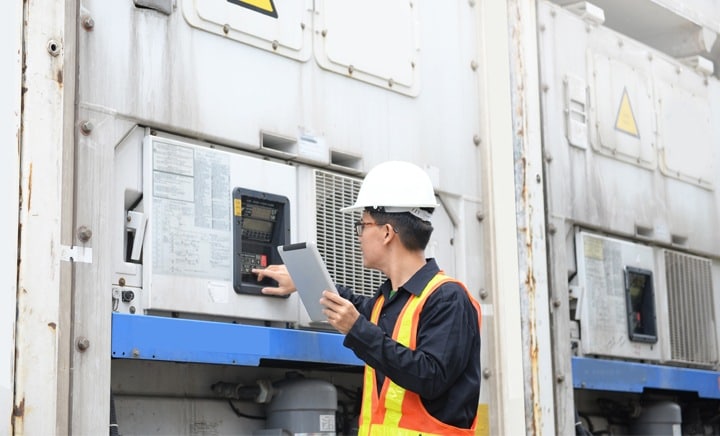
How to Mount Thermocouples Correctly? When connecting thermocouples to other devices care needs to be taken to ensure that the proper polarity is maintained.
Tagged as:Technical Learning, Get Curious
Read More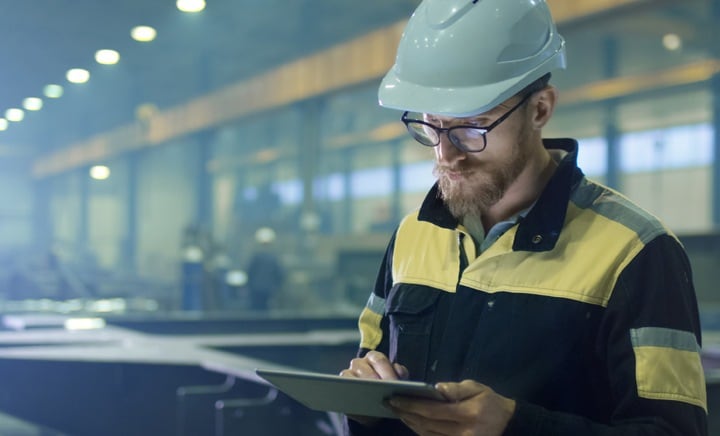
FAQ: Thermocouple Characteristics and Specifications Thermocouples do have positive and negative wires, in order to read a correct temperature the polarity needs to be maintained throughout the circuit.
Tagged as:Technical Learning, Get Curious
Read More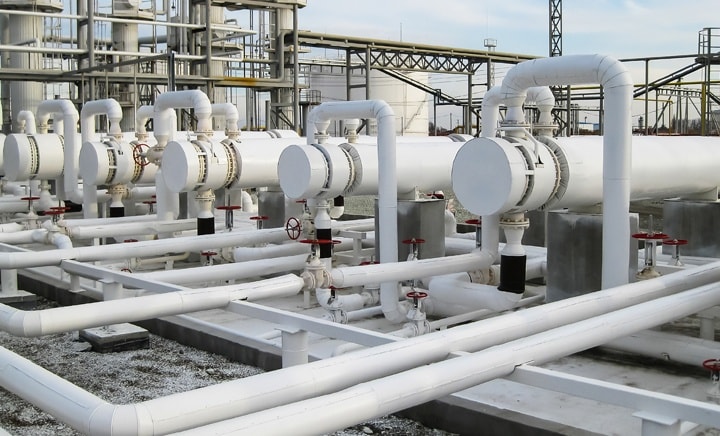
Thermocouple Styles and Constructions Thermocouples come in three types of junctions, Grounded, Ungrounded and Exposed.
Tagged as:Technical Learning, Get Curious
Read More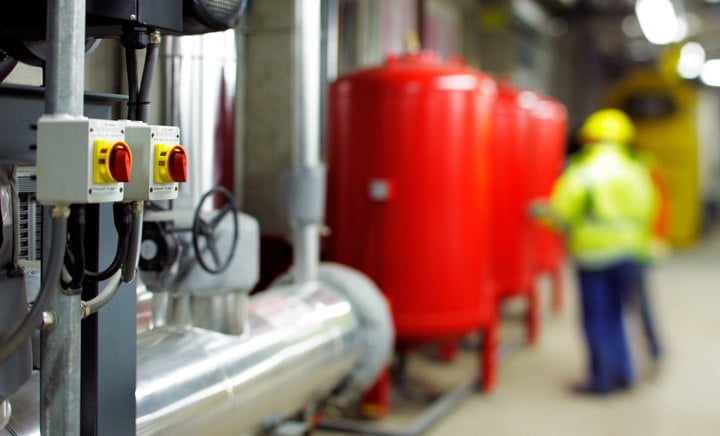
Common Techniques to Calibrate Thermocouples Thermocouples are usually calibrated in one of three ways depending on the accuracy needed and the conditions where the calibration takes place.
Tagged as:Technical Learning, Get Curious
Read More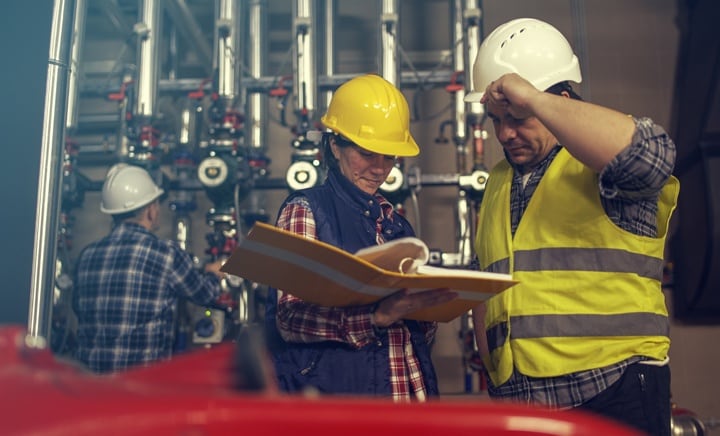
FAQ: Thermocouple Installations When more than one measurement is needed, dual thermocouples provide that extra measurement signal.
Tagged as:Technical Learning, Get Curious
Read More
A Deeper Dive into Pressure Transducers Pressure transducers are vital in underwater settings, ensuring equipment reliability and safety across various applications. Key considerations include material selection, sealing, depth rating, and signal output.
Tagged as:Technical Learning, Get Curious
Read More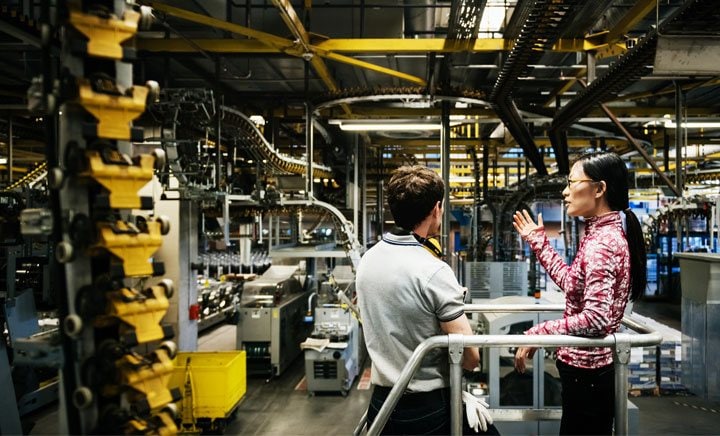
Pressure Transducer and Controllers Pressure not only needs to be measured, but your system needs to make changes based on pressure readings as well.
Tagged as:Technical Learning, Get Curious
Read More